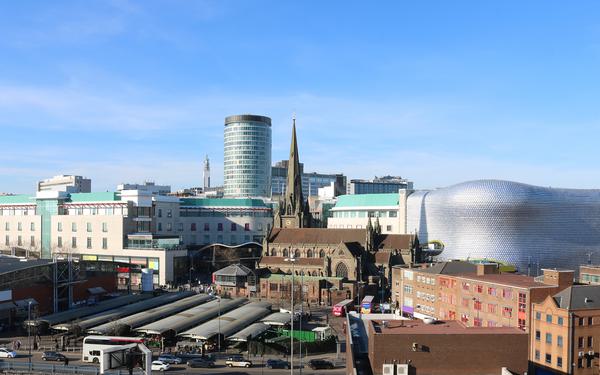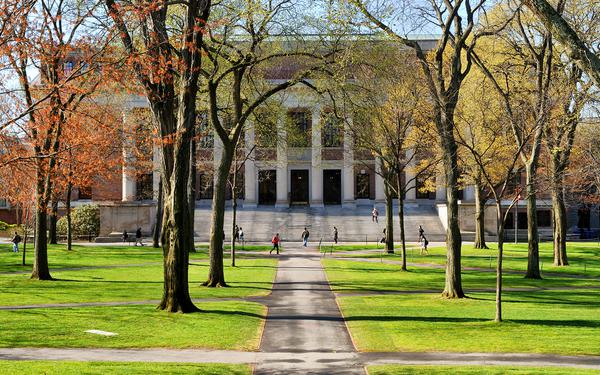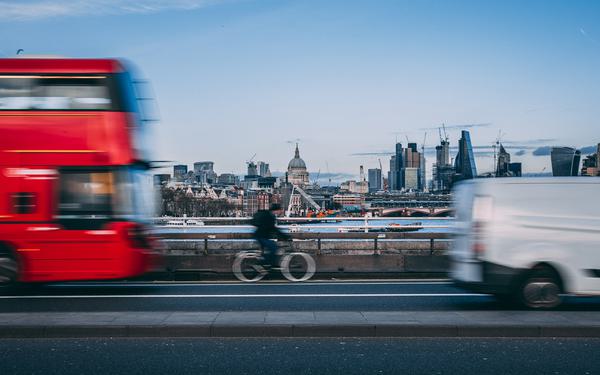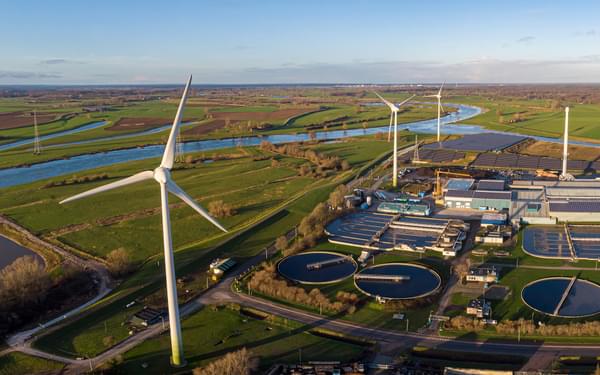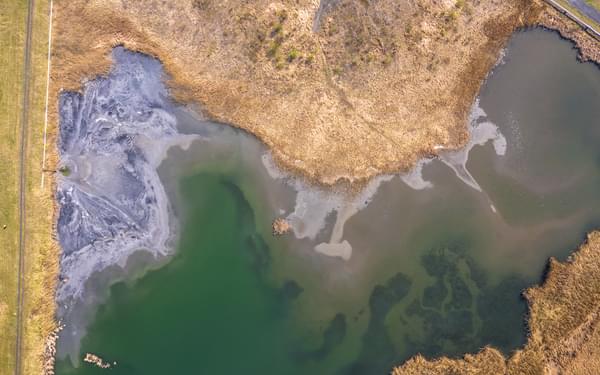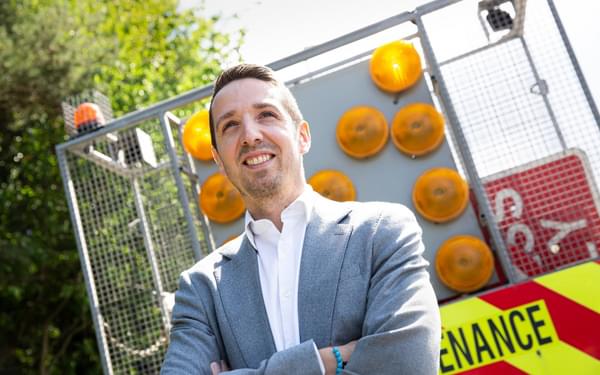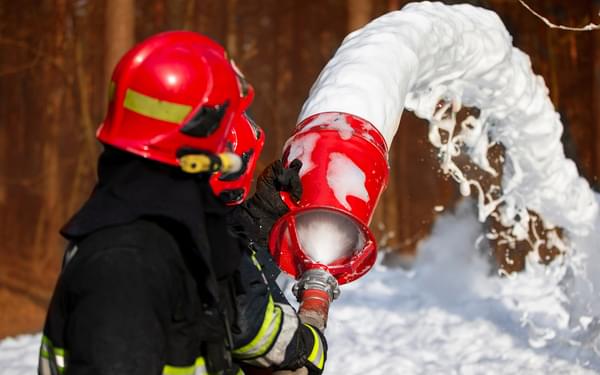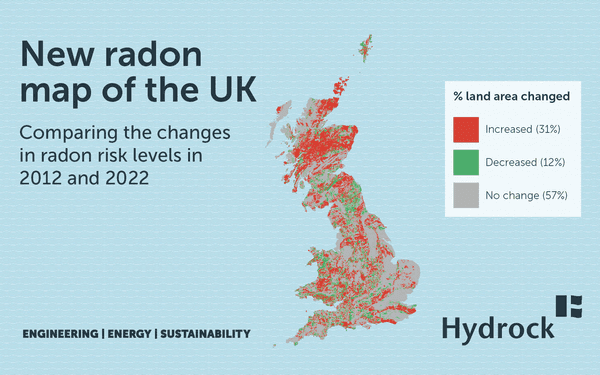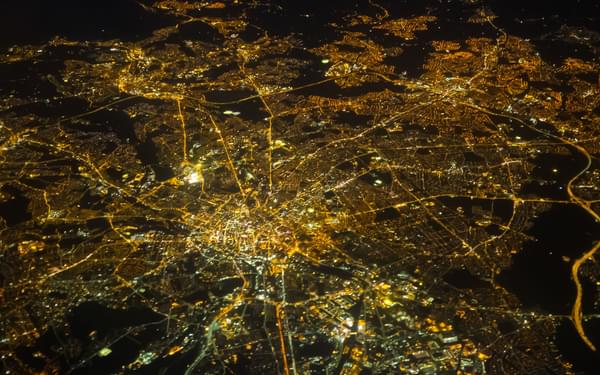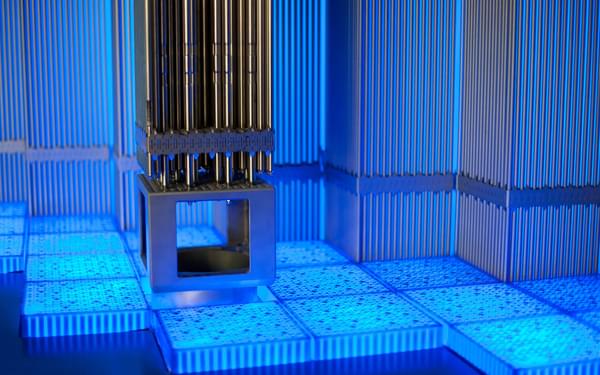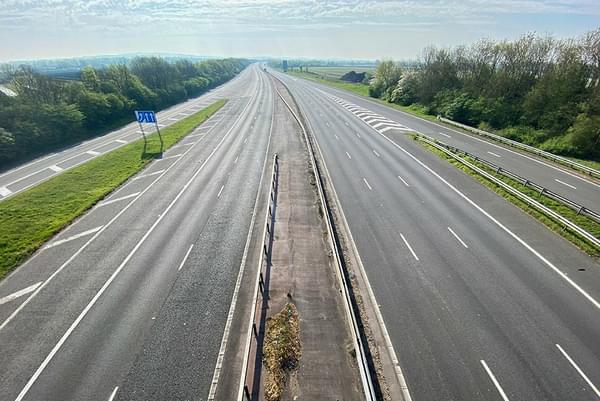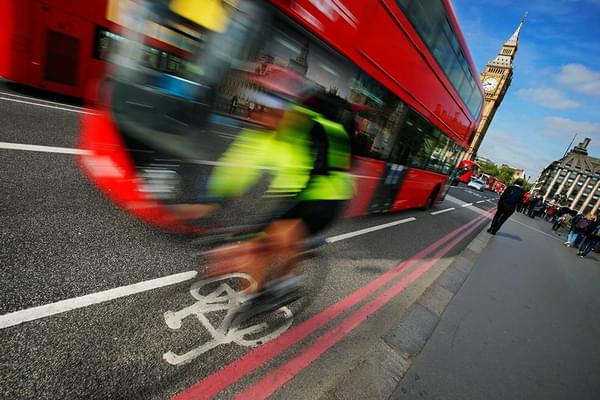Back to Articles
Hidden trends in air quality revealed from COVID-19 lockdown
Mark Nichols \ 22nd Oct 2020
Hydrock Air Quality Engineer, Mark Nichols is the co-author of a new peer-reviewed research paper, published in ‘Science of the Total Environment’ (STOTEN), which reveals that the reduction in nitrogen dioxide (NO2) due to significantly reduced vehicle movement, created unforeseen impacts that don’t completely lead to an overall improvement in air quality, and instead can create other dangers unless further action on emissions from other sectors is addressed.
Entitled ‘Changes in Ambient Air Quality and Atmospheric Composition and Reactivity in the South East of the UK as a result of the COVID-19 Lockdown’, the research paper was borne out of DEFRA’s call for rapid evidence. The objective was to assess changes in air pollution emissions, concentrations and exposure during the COVID-19 outbreak in the UK. Working under the lead of Dr Kevin Wyche of the University of Brighton’s ‘Air Environment Research’ group, Mark’s involvement in a response evolved into a full research paper.
In the early stages of the COVID-19 pandemic, the headlines proclaimed that the restrictions imposed on everyday life around the world had led to dramatic reductions in air pollution, most notably NO2. This decline over such a relatively short time was unprecedented and provided a unique opportunity to test the atmospheric response to these changes. In other words, it enabled air quality scientists to conduct ‘real-world’ simulations of the potential impact of policy interventions, which seek only to reduce tailpipe emissions from road transport in the long-term, and move society towards a low carbon future because the volume of vehicles on the road had fallen to levels last seen in the 1950’s.
Owing to the complex, non-linear nature of atmospheric chemistry, mass reductions in individual pollutants such as NO2 can cause increases in other, potentially more harmful pollutants, and can trigger changes in wider tropospheric trace composition and reactivity.
The South East of the UK became an interesting area for the study, as it has the largest regional population of approximately 9.13 million and is geographically located between two major air pollution hotspots, namely London and North West Europe.
The results of the paper showed a more complex scenario with respect to changes in atmospheric composition than was initially reported, with falling NO2 concentrations, interregional particulate matter episodes and rising Ozone (O3) levels, particularly in urban settings.
The findings indicated that, as with other case studies around the world, there was a clear decline in average ambient NO2 during the UK lockdown period, owing to a reduction in vehicle traffic by as much as 70-80%. However, the group also found that the abundance of non-methane hydrocarbons (NMHCs) in the suburban boundary layer decreased proportionally less than total oxides of nitrogen (NOx) species, such that there was a shift toward greater O3 production in the atmosphere. Indeed, emissions of NMHC’s are associated with industrial emissions, and many industries largely continued to operate throughout lockdown which goes some way to explain why these emissions did not fall as rapidly as NO2.
There were also clearly defined peaks in particulate matter (PM10 and PM2.5) concentrations, corresponding with the timing of inter-regional pollution episodes during April and May. As a result, there was limited evidence of a decline in particulate matter concentrations which could be attributed to lockdown restrictions.
The research paper argues that attention should be given to the wider altered trace composition and reactivity of the atmosphere that occurred during lockdown, as well as the significant reductions in emissions of NO2 which were more widely reported.
Caution should also be taken with the statement that there have been comprehensive ‘improvements in air quality’ as a result of lockdown, owing to potential health effects from exposure to increased concentrations of O3 in certain environments, and the currently unclear impact on trends in particulate matter concentrations, which are not just associated with road transport.
Indeed, the adverse health effects of acute and chronic exposure to poor air quality are well known, with links to premature deaths, significantly exacerbated cardiovascular morbidity, diabetes, airway oxidative stress and asthma. However, there is evidence that O3 exposure can cause greater lung damage than NO2 at comparable concentrations, suggesting that O3 is a more harmful pollutant to human health.
While recent action in the UK has focused on reducing emissions from road transport through the roll out of cleaner vehicles, clean air zones and incentives for modal shift, the investigation into the potential impacts of lockdown on atmospheric composition has highlighted that such targeted emissions reductions must be applied across all sectors, as reducing emissions from road transport, without also reducing emissions from industry, may solve one problem, but leaves others un-solved, or worse, create new problems entirely.
To achieve this, the paper concludes by arguing it is vital that future policies to control and reduce emissions and ambient concentrations of air pollutants not only continue the progress to date, but fully consider other sources of air pollution holistically, as well as the complex trace composition and reactivity of the atmosphere.
To gain a full understanding of this fascinating and highly topical study, read the STOTEN article here.


